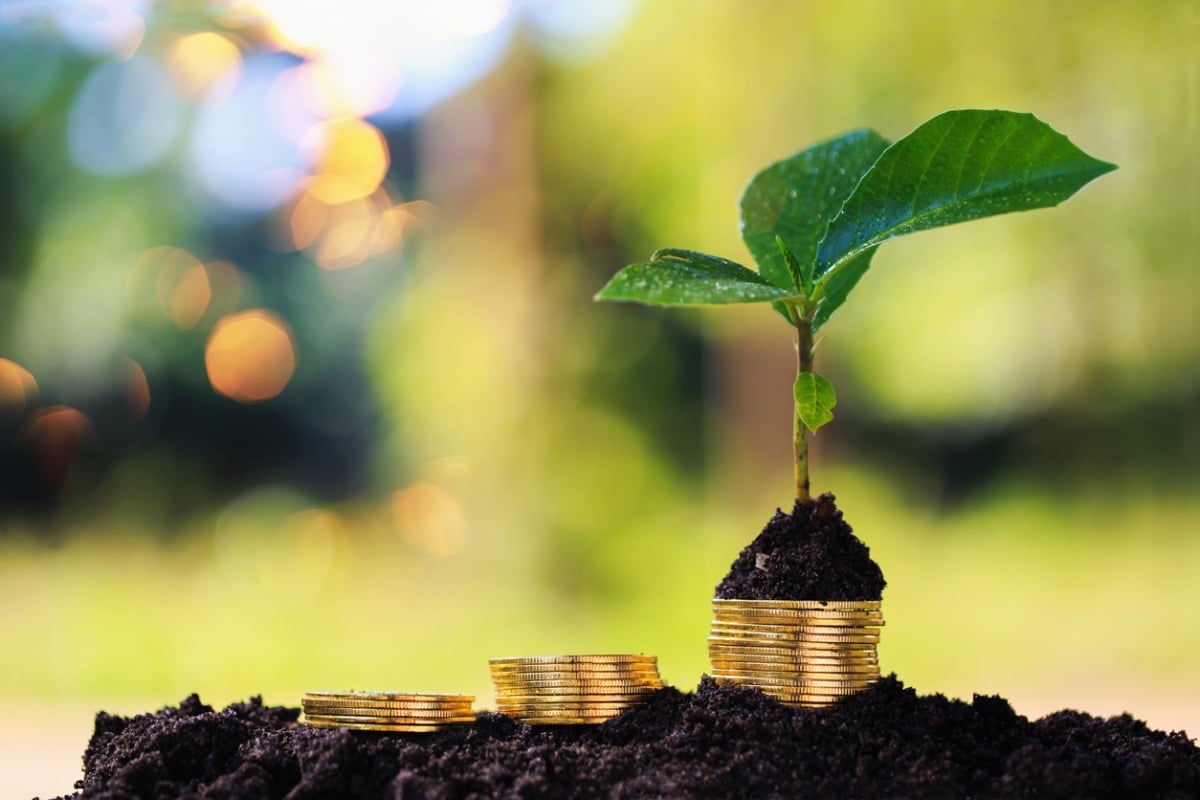By Hugh Tyrrell, Director, GreenEdge Communication
See your company’s sustainability journey as the story of how it is moving into the sustainable future. Add to the narrative by drawing in the employees in your company who are achieving savings and goals. Feature your supply chain, the people who make your products, how they are made and the positive effect they have on the environment and people’s lives. Documenting the process in this way helps embed the environmental sustainability endeavour into the heart of your company’s culture and those of your suppliers and clients.
Celebrate milestones and lessons learnt
Reaching milestones gives opportunities to celebrate. Successes, setbacks and lessons learnt make up valuable content material for reports and case studies that can be shared with staff in newsletters, on intranets, and where appropriate with outside audiences on the company website, in press releases, magazine articles and broadcast inserts. The sustainability journey and its achievements along the way become the narrative spine which tells an ongoing and engaging story.
Photo essays and videos can be used to introduce new staff to the importance of sustainability and how it happens in your business. This works to consolidate the shared achievements of the company into a vivid historical record, helping instil a sense of environmental responsibility and sustainability into the company’s DNA.
Transparency and trust is a must
Taking on environmental sustainability as a strategic corporate objective gives the company a strong, credible and ethical platform for its communications as well as a variety of stories to tell. It helps enhance your reputation as a well-managed company that is addressing its risks and increasing value.
Customers are becoming more and more aware of the environmental and social impact of products from extraction, harvesting and production to distribution and disposal or re-use. They like to know where a product comes from, who made it, how it was made and whether it was made in a sustainable way. This was the basis of “Look behind the Label” – the theme of the most successful promotion in the history of major UK retailer Marks & Spencer.
Communicating the sustainability attributes of your company and its products for marketing purposes takes a different mindset and media than traditional marketing and advertising. So public relations campaigns, newsletters, social media networks and other lower-key media are more preferable, and more effective than loud (and expensive) ‘big bang’ advertising. The old mantra of “buy more, it’s new” and a one-way sales pitch from producer to consumer is being replaced by a two-way dialogue based on transparency and trust.
Gain more sustainability insights in the 6th edition of ESG: The Future of Sustainability:

